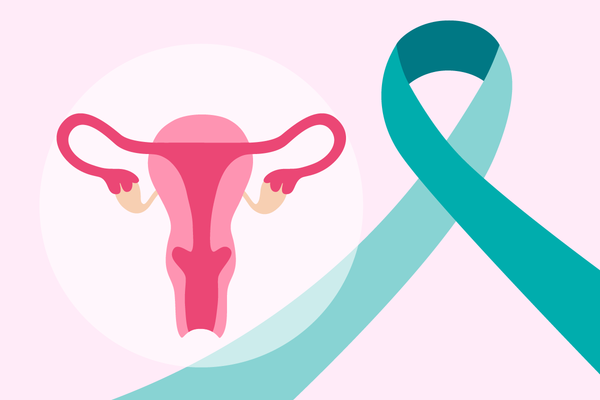Cervical cancer is cancer of the cells in the cervix, which is the lower part of the uterus and connects the vagina to the uterus.
- Number of new cases each year: 14,000
- Number of deaths per year: 4,000+
Almost all cervical cancer is caused by the human papillomavirus (HPV)
- HPV is the most common sexually transmitted infection.
- 8 of 10 women in the United States will get HPV in their lifetime.
- Only some types of HPV cause symptoms. Many people with HPV do not have any symptoms.
- You can get HPV from any vaginal, anal or oral skin-to-skin contact.
- Most of the time, HPV goes away on its own.
- Sometimes, HPV causes health problems, including cancer.
What is a cancer stage?
When you get a cancer diagnosis, you also usually find out what stage the cancer is. Cancer stages help to group people according to how far the cancer has spread, as well as how likely the cancer is to come back.
The stage of the cancer is decided by things like the size of the tumor, lymph node involvement and whether the cancer has spread to another part of the body.
Cervical cancer stages
These stages of cervical cancer are set by the International Federation of Gynecology and Obstetrics (FIGO).
- Stage 1 — The cancer is only in the cervix. Cancer cells haven’t spread to lymph nodes nearby or to other parts of the body.
- Stage 2 — The cancer has grown beyond the cervix and vagina, but it is still within the pelvis or lower part of the vagina. In this stage, the cancer has not spread to lymph nodes nearby or to other parts of the body.
- Stage 3 — The cancer has spread to the lower part of the vagina and/or the walls of the pelvis. Tumors may block the ureters, which are tubes that bring urine from the kidneys to the bladder. The cancer may have spread to lymph nodes nearby in the pelvis or near the aorta (the main artery that carries blood from your heart to the rest of your body), but has not spread to other parts of the body. The cancer may have also grown into the walls of the bladder or rectum, but not through the wall into the organ itself.
- Stage 4 — The cancer has spread outside the pelvis into the bladder, rectum, or other organs or parts of the body, such as lungs or bones. The cancer may be in lymph nodes nearby or in more distant parts of the body.
Cervical cancer treatments
The following treatments are used for cervical cancer. People may get just one treatment or a combination of treatments. The best treatment approach depends on several factors, including what stage of cancer a person has.
- Surgery
Conization or cone biopsy — removal of a cone-shaped part of the cervix Total hysterectomy — removal of the entire uterus, including the cervix Radical hysterectomy — removal of the uterus; cervix; part of the vagina; and sometimes the ovaries, fallopian tubes and nearby lymph nodes Radical trachelectomy — removal of the cervix, nearby lymph nodes and other tissues, and part of the vagina without removing the uterus, fallopian tubes or ovaries. This can preserve a woman’s ability to carry children.
- Radiation therapy — high-energy radiation used to kill cancer cells
- Chemotherapy — treatment using drugs that kill cancer cells or stop them from growing
- Targeted therapy — treatments that attack specific types of cancer cells
- Immunotherapy — treatment that uses the body’s own immune system to help fight cancer
- Clinical trials — studies that test new drugs or treatments
This resource was created with support from Merck.
- Living with Cervical Cancer - HealthyWomen ›
- Clinically Speaking: Questions to Ask Your Healthcare Provider ... ›
- How a Cervical Cancer Diagnosis in My 20s Taught Me How to Live ... ›
- My Life-Changing Cervical Cancer Diagnosis Inspired Me to ... ›
- Why Is Late Stage Cervical Cancer on the Rise? - HealthyWomen ›
- Pregnancy and Cervical Cancer - HealthyWomen ›
- Comprehensive Guide to Cervical Cancer Treatment Options - HealthyWomen ›





